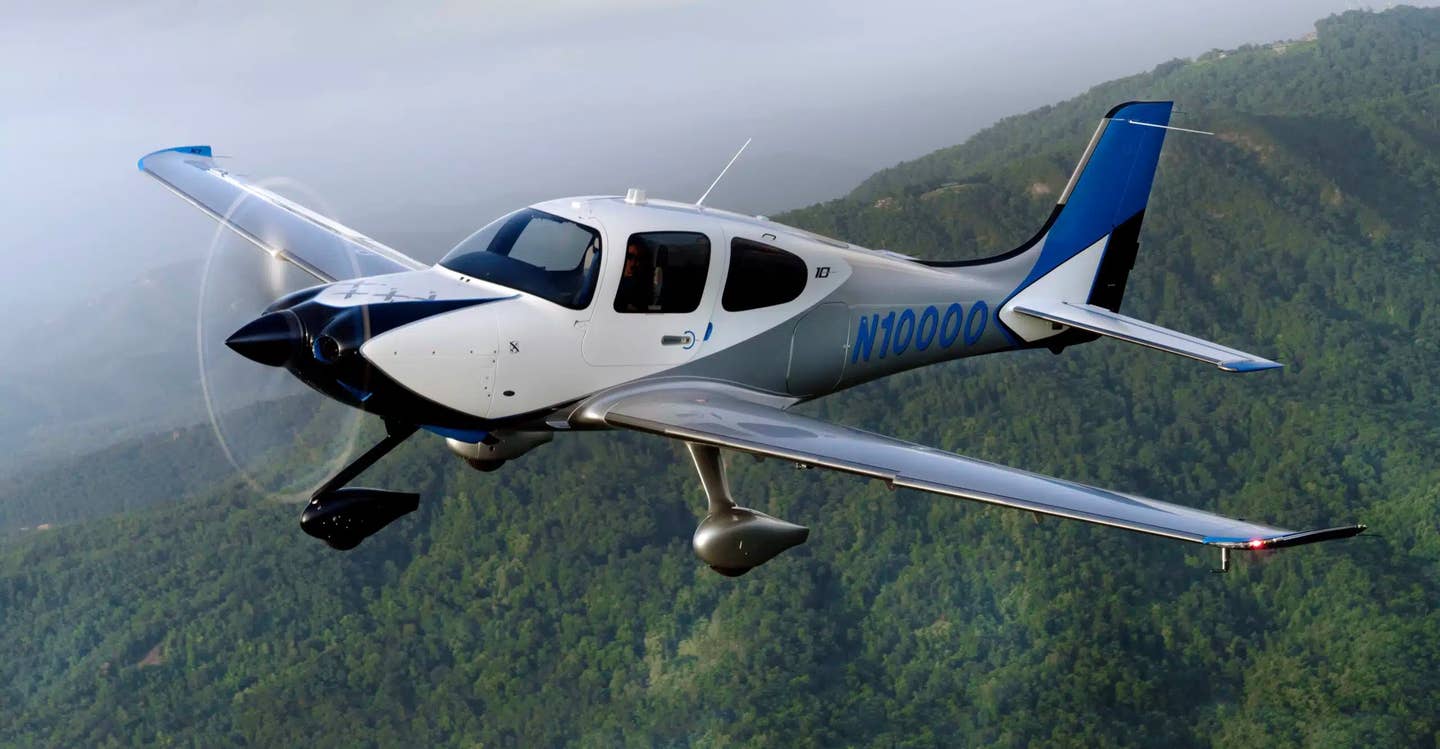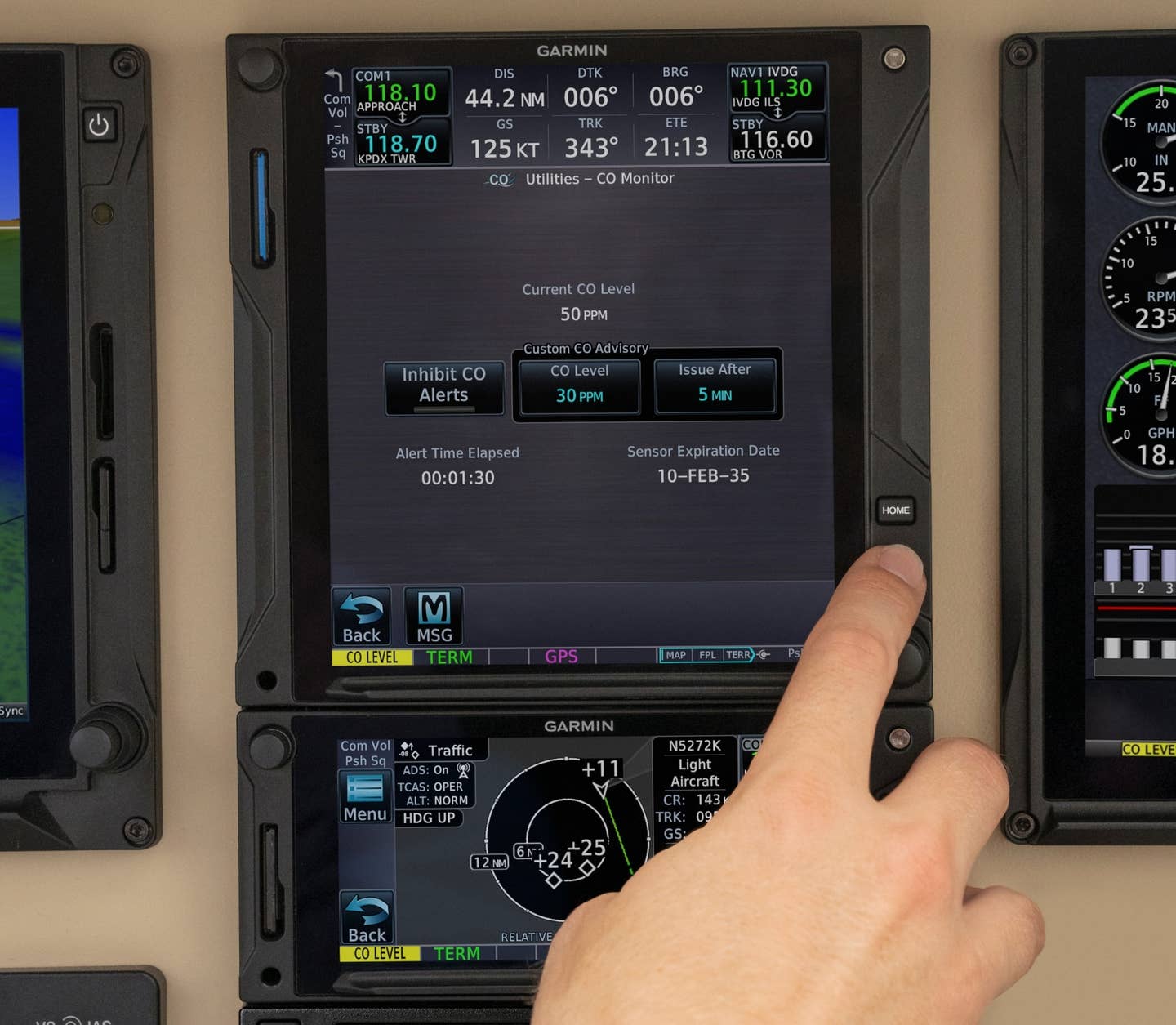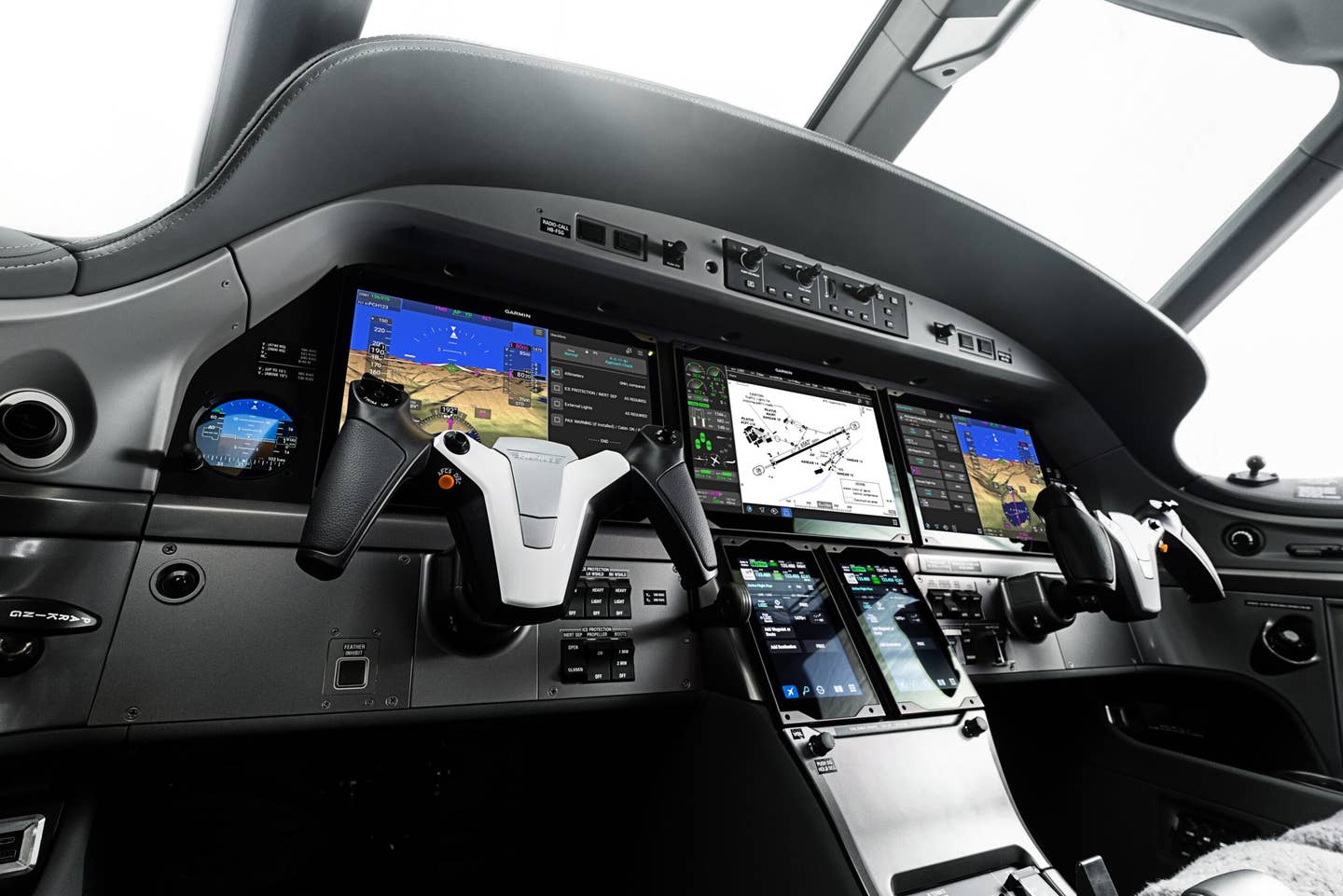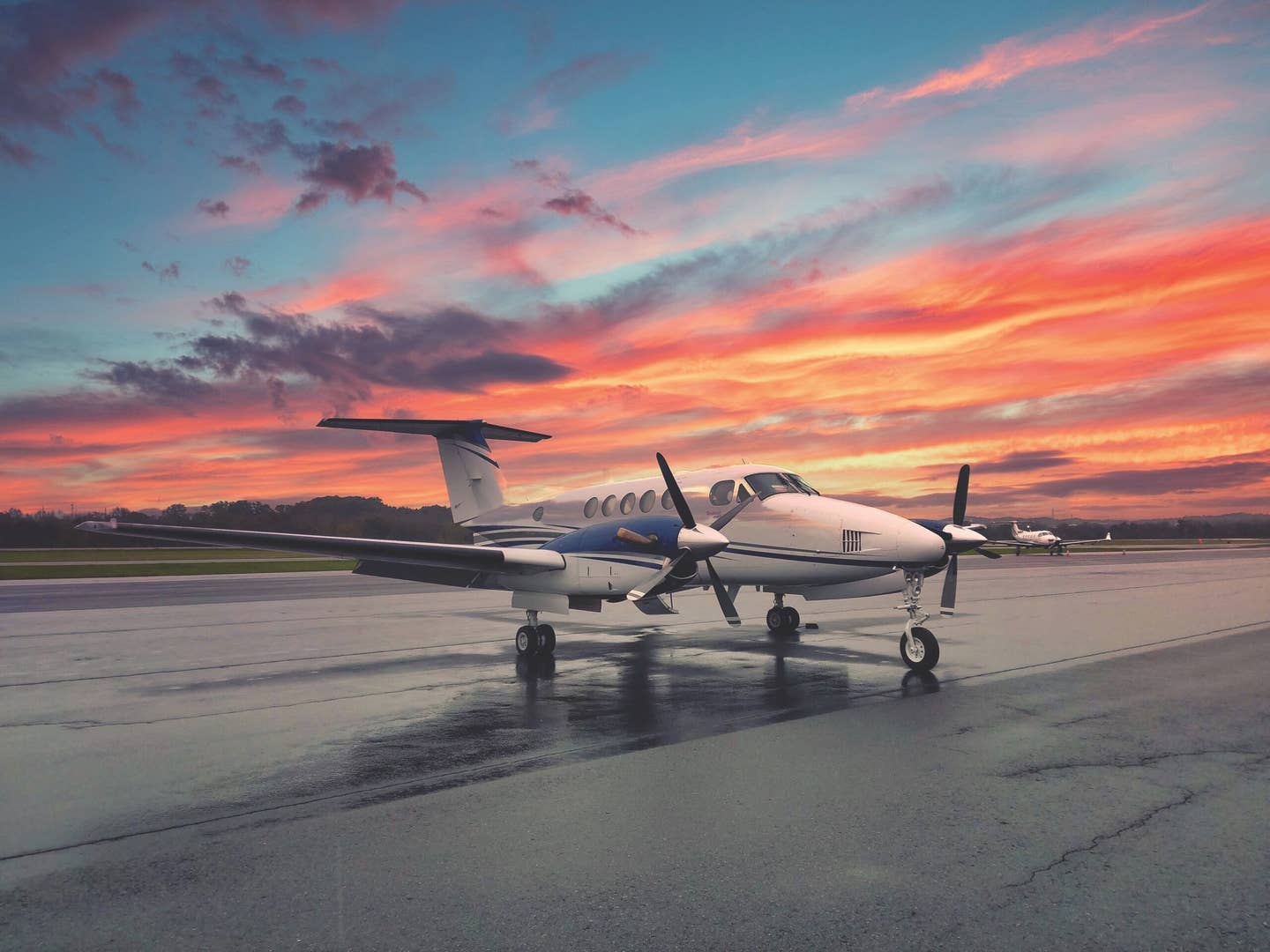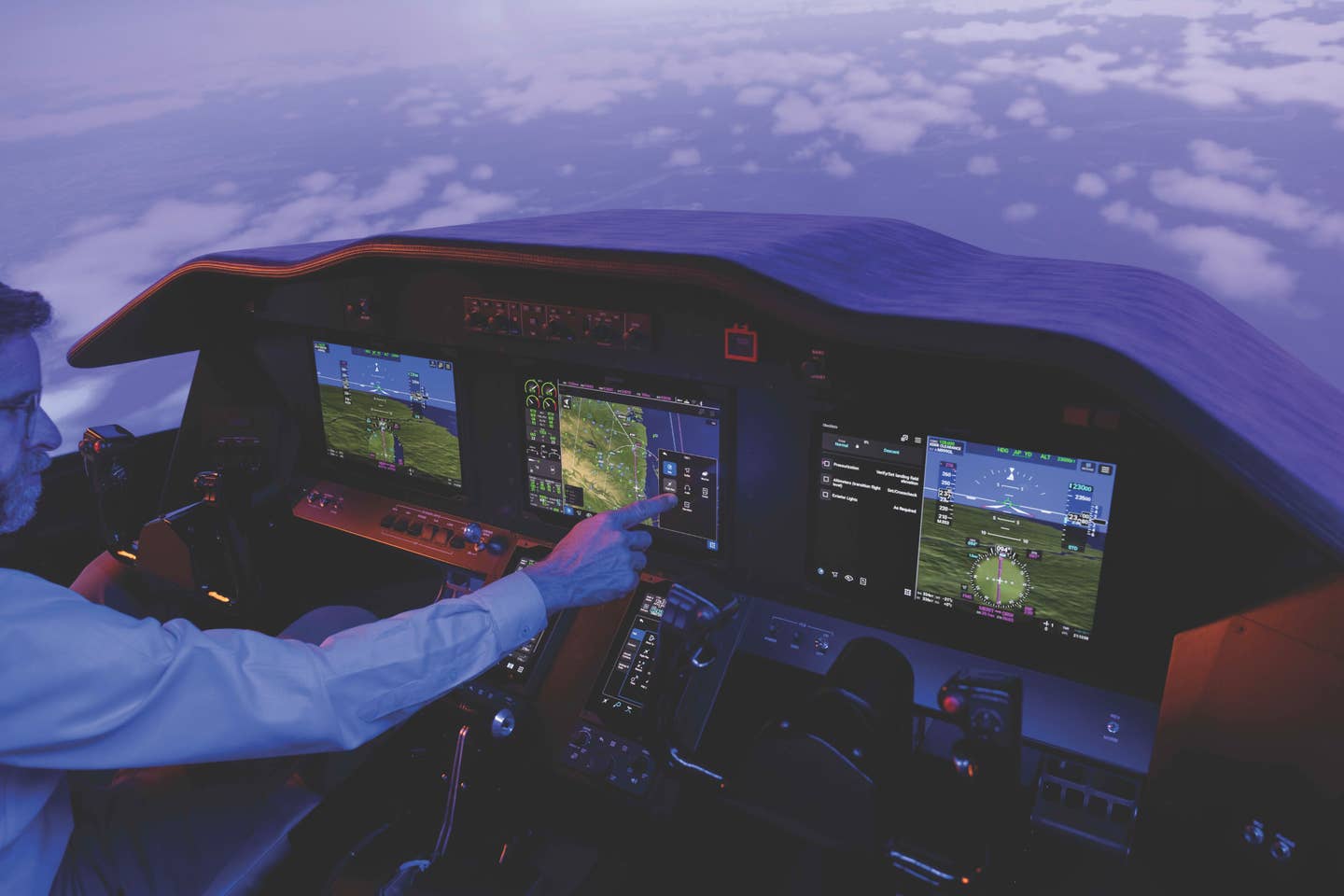Upgrading Avionics in the New-to-You Airplane
Upgrading the instrument panel on a new-to-you airplane works much like remodeling your house. These days, aircraft owners are focusing on upgrading their panels with the latest in glass technology.
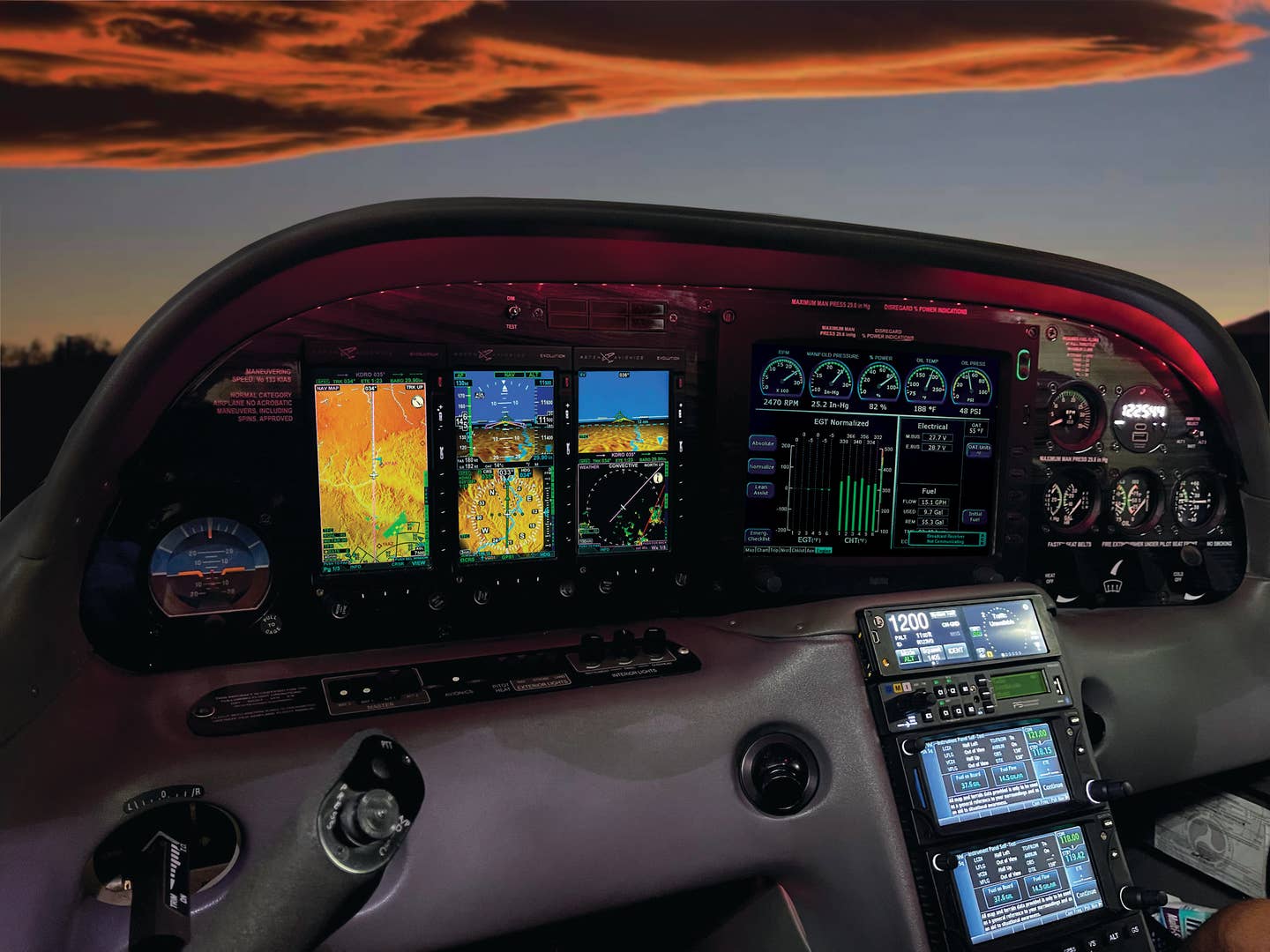
An early model Cirrus gets an Aspen Avionics upgrade, featuring the Evolution series PFD and MFD models. [Courtesy of Aspen Avionics]
When you purchases a new-to-you home, it is common to live with it as-is for a bit, and then you start to think about remodeling to make it more suitable to your needs and lifestyle. Upgrading the instrument panel on a new-to-you airplane works the same way. You might have purchased it with a VFR panel, then decided to add IFR capability. Or perhaps the technology has evolved to the extent that your IFR panel is obsolete. It's time to see what's out there in panel upgrades, and what will work in your airplane.
Ten years ago, the most common panel conversions were from round dial, also known as legacy or steam gauge panels, to initial glass cockpits. According to Aspen Avionics in Albuquerque, New Mexico, and Advanced Flight Systems in Canby, Oregon, these days, aircraft owners are focusing on upgrading their panels with the latest in glass technology.
Usually it is a two-fold process, says Perri Coyne, director of marketing operations for Aspen Avionics. The customer picks out the panel they want, and Aspen sends them a recommendation for a shop to do the work.
“With 700-plus dealers around the world, you probably aren't too far from a shop that can help upgrade your panel," she says, adding that Aspen Avionics “literally holds the patent on a plug-in solution for an EFIS to replace round-dial, six-pack instruments without cockpit panel modifications."
According to Coyne, over the years, the company mission has expanded to provide products to more and more aircraft types and OEMs.
“We have always been focused on providing avionics products that can grow with the needs of our customers regardless of aircraft and market,” says Coyne. “Our initial focus has been in the aftermarket
GA segment and over time have expanded to provide products to more and more aircraft types and OEMs. “It is our core philosophy to work with whatever our customers have installed or are wanting to install their panels,” she says.
Trade-Up Program
“The Trade In Trade Up Program is unique in that air- craft owners can trade in their ‘older’ Aspen displays to the latest generation of Aspen Max displays at a significantly reduced price and get a new two-year warranty,” Coyne continues. “The trade-in program is an integral part of our strategy to provide a path for our customers to capitalize on their initial investment and affordably stay up with the latest hardware and functional innovations without having to incur the large expense of having to start over with an entirely new platform. For instance, a new Evolution Pro Max PFD sells for $9,995.
“An owner can trade in their old display for a new Max display for $4,995, which now comes with stan- dard synthetic vision,” Coyne says. “Aspen units that can be traded in for the Max units include the E5 (our basic PFD), the VFR-only display, the ‘Pilot’ or the older ‘Legacy’ EFD1000 primary flight display (not Max). Additionally, if there is any factory warranty left on the trade-in display, we will add the remaining coverage of the warranty for the new display. For example: An owner trades in his current display, which still has six months left of warranty coverage; that six months will be added to the new display for a warranty of 30 months, versus 24 months.”
Upgrade the Experimental
It isn't just certified aircraft owners who go shopping for a new panel; the owners of experimental aircraft are just as likely, if not more likely, to upgrade their panel. For the owners of Vans's RV designs, that often means a visit to Advanced Flight Systems located in Canby, Oregon, a mere 3.8 miles from Aurora State Airport (KUAO), the home of the Van's Aircraft factory.
“There are so many RVs out there now we are now seeing people who are second or third owner of an RV,” says Rob Hickman, an electrical engineer and software expert who some 20 years ago created an engine monitor for the RV-4 he was building—and it evolved into Advanced Flight Systems.
Just as the design of the RVs has become more refined over the decades, so have the avionics. Round dial steam gauges are almost unheard of, he says, “For every fifty glass panels we do there might be one panel with round-dial analog gauges installed for backups. Everything is driven by software and electronic circuitry.”
“It works better for today's RV builders. They are not like people who built them 20 years ago. Today building an RV is more like an assembly product, and they want avionics that they can install as a plug and play.” Selecting an upgrade panel begins with questions about the type of aircraft and the type of flying the owner does. Panel real estate is a finite resource, and over the years, Advanced Avionics has developed several panel designs that work for most of their customers. The big questions, often answered through a video conference, are IFR or VFR, or is there an option to upgrade to IFR in the future? Many panels are designed with space to allow this. Once these questions are answered, Advanced Avionics creates a build proposal that includes the layout and the materials to be used and presents it to the customer.
Sometimes the customer’s desires can be complicated, says Hickman. “We get that all the time. We sell them the components—the trays and harnesses and the advanced control and EFIS and the switches and let them do what they want to do either by themselves or someone assigned by the builder to complete the installation.”
Most customers, say both Hickman and Coyne, are looking for panels to enhance IFR capabilities, but because of the cost, they often buy the components in a modular fashion—installing one feature, then later when they have the money, adding to it. It is not uncommon for aircraft owners to time the avionics upgrade with the aircraft's annual.
“Our products are designed to be able to be installed in stages as the owner’s finances and flying needs grow,” says Coyne. “For example, an owner can install three Aspen displays (an Evolution 2500 Max system = 1 PFD, 1 MFD500, and 1 MFD1000) or choose to upgrade in stages when their budget allows.”
Advice from One Who Knows
You probably know a pilot with an airplane project that has taken years to finish. That can complicate the avionics selection, says Hiroo Umeno from Seattle. Umeno has performed avionics upgrades in two aircraft panels. The first was a Velocity, the second a Cessna 182. He says he learned along in the process. For starters, when you are building an experimental aircraft, don't buy the avionics package before you are ready to begin taxi tests.
“I bought a Chelton Systems in the 2000s to put in the Velocity, and by the time I was ready for flight, my Chelton system was obsolete by the time the airplane first flew,” he explains. “Also, the numbers on the data sheets are nominal, and cutting the panel to that size will guarantee things will not fit, and you will be spending quality time with dremel tools.”
If possible, he suggests modeling everything in CAD software before you start manipulating materials.
Online Learning
The avionics manufacturers have libraries of online tutorials for pilots and aircraft owners to use to learn their new panels. In addition, most airports have a pretty good grapevine, and the local pilots know who has what in their airplane, and who can offer help to learn the panel.
Panel Plays: 5 Things to Remember When Upgrading Your Panel
1. Don't reinvent the wheel
Ask what the avionics suppliers have in stock—you're probably not the first person to ask for that configuration.
2. Keep in mind that IFR capability is a bonus
You may not have your instrument rating (yet), but the buddy you fly with does, and now your airplane has more versatility.
3. Do the online training
While you watch the tutorials, make notes so you can have cheat sheets in the airplane, just in case.
4. Keep a copy of the manual
Make sure it’s for the current avionics in the aircraft and keep it onboard for reference.
5. Practice with the IFR panel
While you fly in VFR conditions, go through instrument procedures so you don't have any unwelcome surprises in IMC.
This article first appeared in the June 2023/Issue 938 print edition of FLYING magazine.

Sign-up for newsletters & special offers!
Get the latest FLYING stories & special offers delivered directly to your inbox

